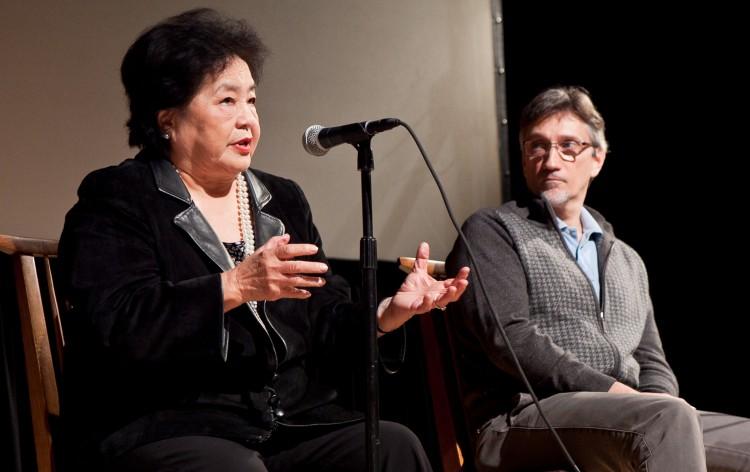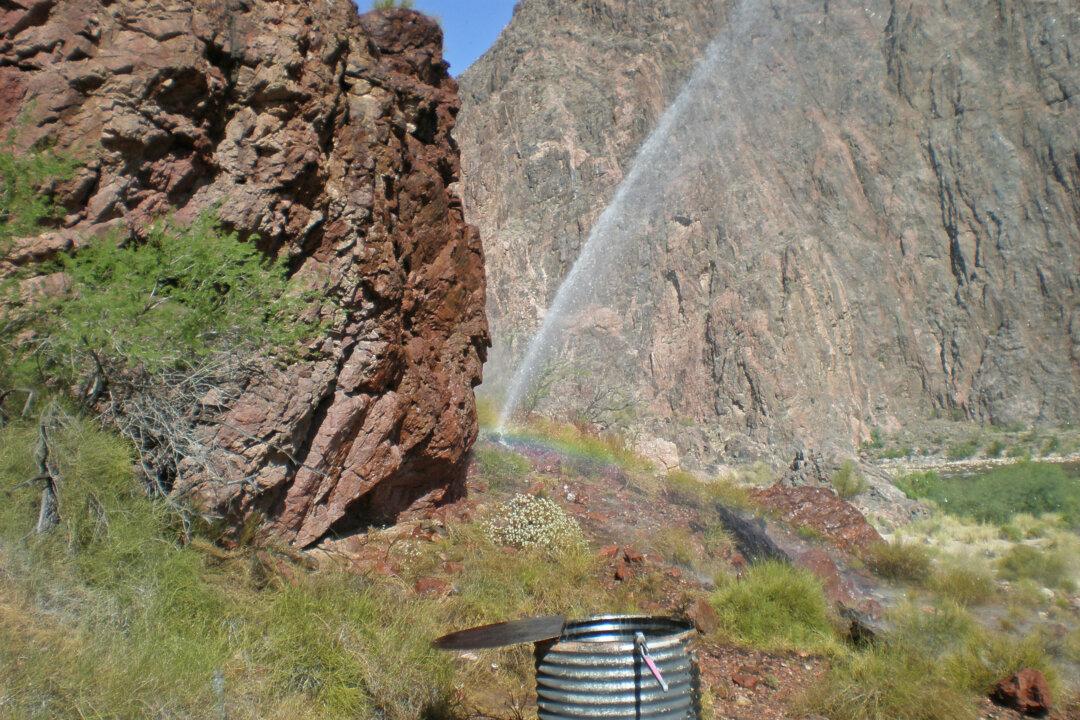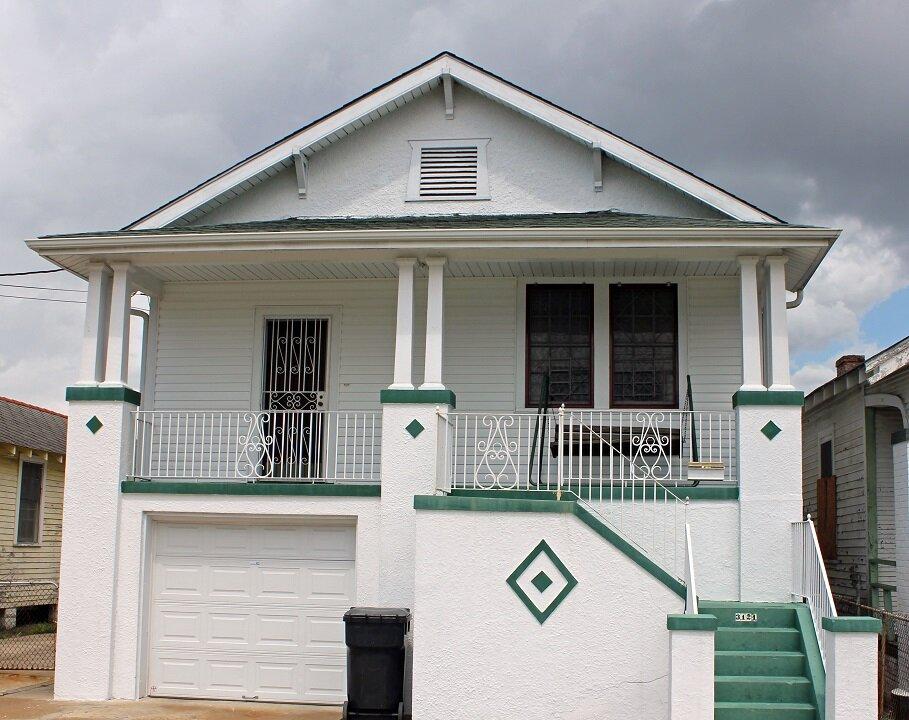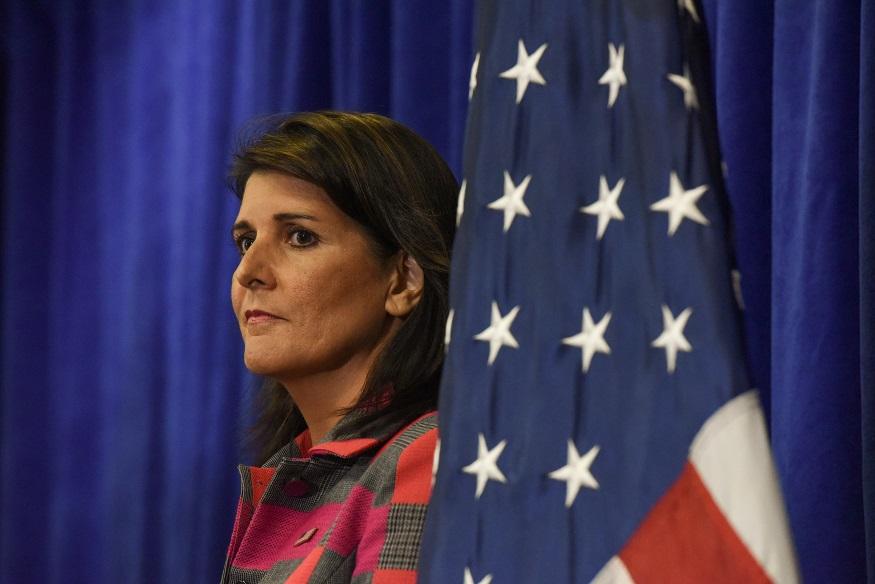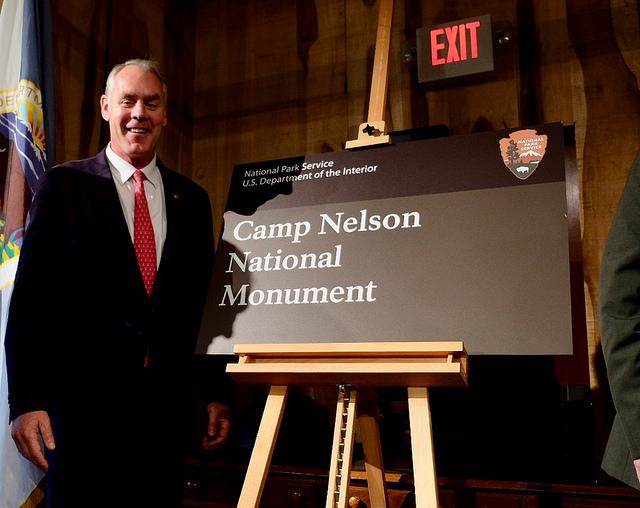NEW YORK—Instead of reporting to her school in Hiroshima, Japan, as usual on Monday, Aug. 6, 1945, Setsuko Thurlow, then 13-years-old, reported to the army headquarters. She was one of 30 students who had been selected a few weeks prior to decode secret messages from the front lines.
The major delivered a spirited pep talk, telling the students their actions would prove their patriotism and faithfulness to the emperor. The young eighth-graders yelled back, “Yes sir!”
“At that moment we saw the bluish-white flash outside the window,” said Thurlow, now 80 years old.
The impact of the explosion reached her almost immediately. Thurlow said she felt as if she were floating and as the building around her crumbled, she began to fall with it. “That is when I lost consciousness,” she said. “When I regained consciousness in the total darkness and silence, I tried to move my body, but I couldn’t. I knew I was faced with death.”
